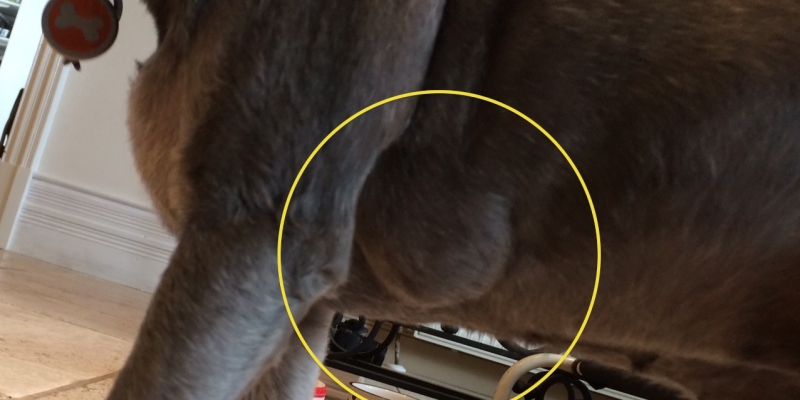You’ve just found a lump on Fido. What should you do next?
lthough many lumps and bumps are harmless, it’s nevertheless important to get them checked out, according to Dr Chris. ‘We do see a high number of lipomas in overweight and obese animals. These are a benign accumulation of fatty cells and generally aren’t a problem unless they develop in an awkward location. Then they may ulcerate due to the mechanical trauma of being rubbed. There are also many causes in addition to lipomas that we need to rule out, such as swelling, bruising, abscesses, cysts and other types of cancers. Cat-bite abscesses are a risk in cats that go outdoors, especially entire animals that are more likely to roam and fight.
‘Part of the diagnostic process is gathering a thorough history so that we understand whether the pet is also showing signs of illness – perhaps he/she has gone off food, is very thirsty, is vomiting or lethargic, or is in pain. Has the lump grown quickly or changed appearance? Are there other lumps? Does it feel solid or fluid-filled? These are all important clues to what may be at play here. Taking samples from the lump to check for fluid or gather cells/tissue for laboratory analysis may be necessary. Sometimes this can be done while the animal is conscious, but some procedures require sedation or an anaesthetic.’
“There are many causes that we need to rule out, such as swelling, bruising, abscesses, cysts and cancers“

reatment will depend on the cause, says Dr Chris. ‘Abscesses need to be drained and treated with antibiotics, while cysts and benign lumps can be removed if they are causing irritation to the pet. For nasty or malignant cancers, like mast cell tumours or lymphomas, we have to check whether the cancer has spread elsewhere in the body. If it has, the owners need to take this into consideration when deciding on a treatment pathway. The animal’s quality of life becomes very important in these situations – it’s important that we never lose sight of that.’
But Dr Chris stresses that owners shouldn’t automatically assume that a lump is cancerous or nasty. ‘Most of the time, lumps are quite treatable or may require no treatment. The main thing is to get it checked as early as possible to put your mind at ease.’


